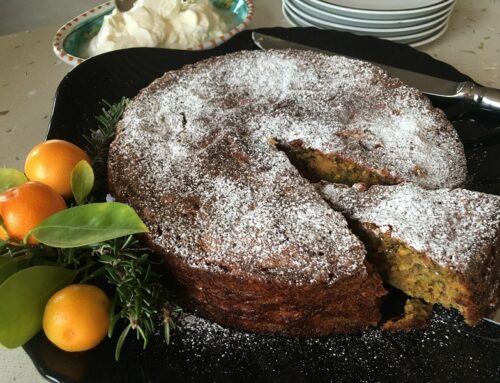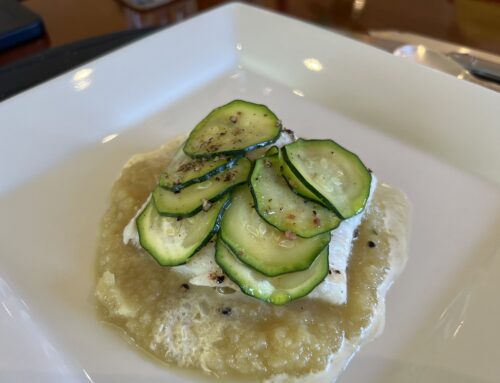To temper dark chocolate in the microwave
Place the dark chocolate, a maximum of 500 grams at a time, into a microwave-safe glass or plastic bowl. Heat in 30-second increments, once or twice, stirring in between. It may take 1.30 seconds depending on your microwave.
Once you have 50 % solids and 50 % liquid, remove from the microwave, and stir vigorously with a clean, dry spatula until glossy and completely melted. Your chocolate is now tempered. Tempered chocolate is lovely and glossy and must crack loudly when broken.
Why is it important to temper chocolate?
When it comes to baking, cooking or melting, there are two types of chocolate that you can use – real chocolate and compound chocolate.
Chocolate you buy from the supermarket has already been tempered, giving it that perfectly hard and shiny look that snaps crisply when broken. Once it’s been melted, you will need to temper it again. Tempering ensures that your chocolate will regain its shine while stopping it from appearing cloudy or blotchy when it finally sets.
The only time you really need to temper chocolate at home is when you’re making your own chocolates and to give your desserts a glossy, hard chocolate finish.
What happens once tempered chocolate is melted?
The cocoa butter crystals are in suspension with the cocoa solids until the chocolate is warmed. Once you have warmed the chocolate, this suspension is broken and when the chocolate cools, the cocoa butter crystals rise to the top, making white streaks on the tops of your chocolate sweets. This is called ‘blooming’. It won’t affect the flavour, but it doesn’t look very good!
Tempering returns the cocoa butter crystals to suspension within the chocolate and produces a chocolate with a deep shiny gloss.
If chocolate is not tempered properly, the cocoa butter crystallization is uncontrolled and uneven, resulting in a dull, streaky appearance. Untempered chocolate may feel rough or tacky with an almost chewy texture and is more susceptible to melting in hand.
The purpose of tempering chocolate is to pre-crystallise the cocoa butter in it, which is important to make your chocolate ready for processing. During tempering, the cocoa butter in the chocolate takes on a stable crystalline form. This guarantees a perfect finished product with a satin gloss and a hard snap.
Proper ‘tempering’, heating and cooling chocolate to stabilise it for making chocolates and confectionary, gives chocolate a smooth and glossy finish, keeps it from easily melting on your fingers, and allows it to set up beautifully for dipped and chocolate-covered treats.
When chocolate is melted, the molecules separate. When you temper the chocolate, you bond those molecules back together so your chocolate will harden with a glossy, crisp finish.
Different chocolates require tempering at different temperatures
Dark chocolate should reach 31℃-32℃.
Milk chocolate should reach 29℃-30℃.
White or coloured chocolate should reach 28C-29C. Stir until the right temperature is reached. When the chocolate is at the correct temperature, pour it into your mould. Leave it in a cool place to set.






